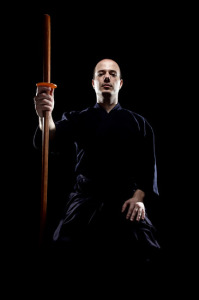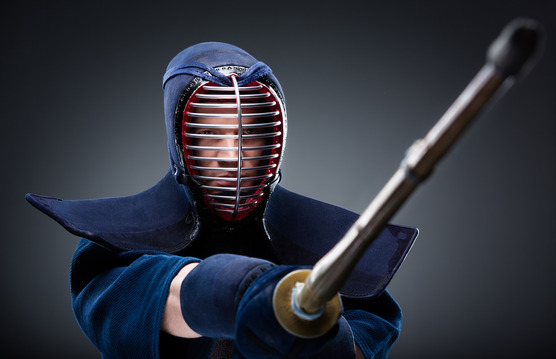Many looking to join our training program aren’t sure how much they will need to spend to get all the equipment they need to train with us.
No student wants to show up the first day and be the odd one out and not able to participate because they weren’t fully-informed on the equipment required to participate in the training.
This blog post will provide you with a run about of what you’ll need should you join any Dojo to practice Iaido.
Iaido Supplies
If you are looking to perform the art of Iaido which is the art form that uses a katana to counter your opponent and is focused on teaching how to remove the sword from its Saya , strike the opponent and then return the katana to it’s Saya all in a smooth, calculated motion, then this is what you’ll need.
- Most important – a katana. The price range really is up to you. I’ve had some students come in with katanas well over $1,000 and others on the lesser expensive end for around $150. Custom katana‘s are becoming a bigger trend in classrooms everywhere due to their affordability and customization making them stand out from others in the class. If you intend to do more than Iaido with the sword and will be cutting bamboo down the road then you will want to get a better quality katana. For reviews on katanas you can check either of these sites:
- Sword Buyers Guide
- Katana Sword Reviews
- The ‘gi’ – also called a a keiko-gi, uwagi, or kendo-gi. This is a heavy 3/4 length cotton shirt that is worn. You can find these for a variety of prices on Amazon.
- The ‘hakama’ is the bottom attire completing the apparel requirements. This is a skirt like piece of clothing that allows the student to move with grace and remain free and cool while practicing. The most common color of these is a dark blue.
- The final element you need for basic practice is the ‘Obi’ or the belt. This varies from normal karate belts because it is thicker so that it can support the weight of the katana.
Resources:

